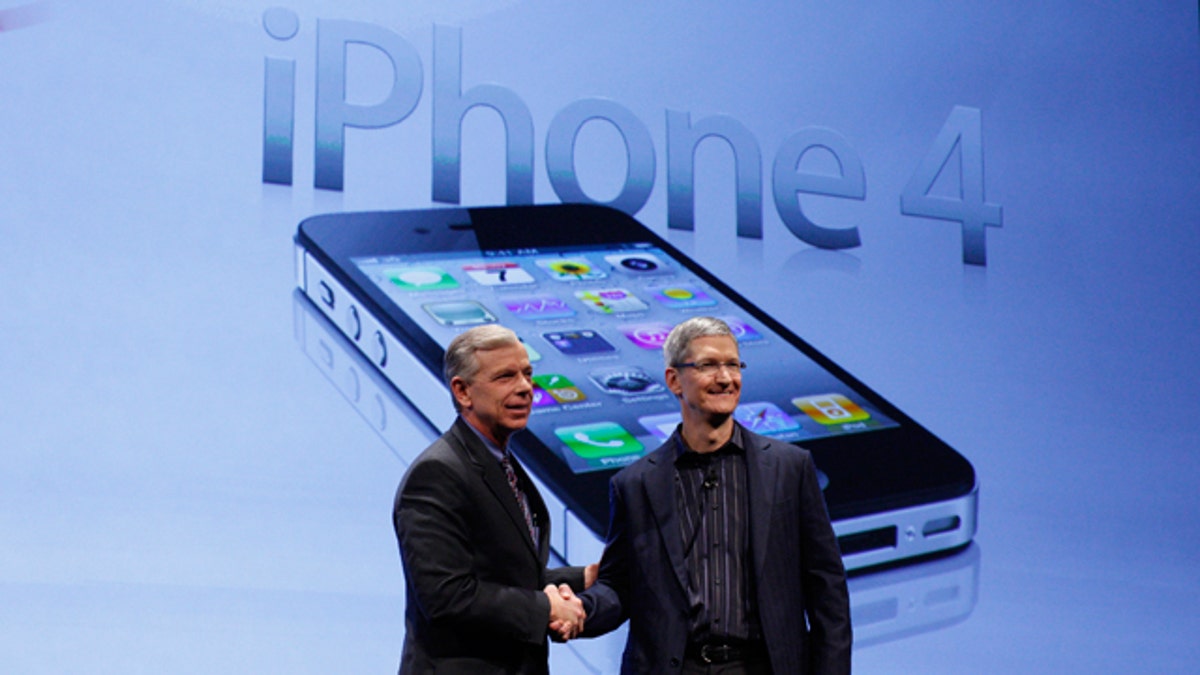
(Reuters)
Apple's iPhone for the Verizon Wireless network contains a newly designed version of the antenna that was associated with dropped calls on the original device, according to companies that disassembled the handset.
The big winner among component suppliers for the new iPhone model, as expected, was Qualcomm, the research firms found. The San Diego-based company supplied chips that allow the handset to work on Verizon's network -- which is based on a technology called CDMA, or code division multiple access -- but also support other wireless technologies, they said.
Firms that conducted so-called tear-down analyses of the handset include iFixit, UBM TechInsights and IHS iSuppli.
Apple, which introduced the iPhone 4 for AT&T's network last summer, uses a design that wraps the antenna around the handset. The company ran into a storm of controversy when reports surfaced that holding the phone in certain ways could affect the reception of radio signals, leading Apple to distribute special bumpers to address the issue.
The antenna has been substantially re-engineered in the new Verizon model, said Kyle Wiens, iFixit's chief executive. He concludes that, while some of the changes were likely needed to be compatible with the CDMA network, others appear to reflect efforts to improve the antenna.
"I don't think that just going to CDMA would have required the degree of changes that we saw," Wiens said.
Read more on Apple's new antenna design at the Wall Street Journal.
